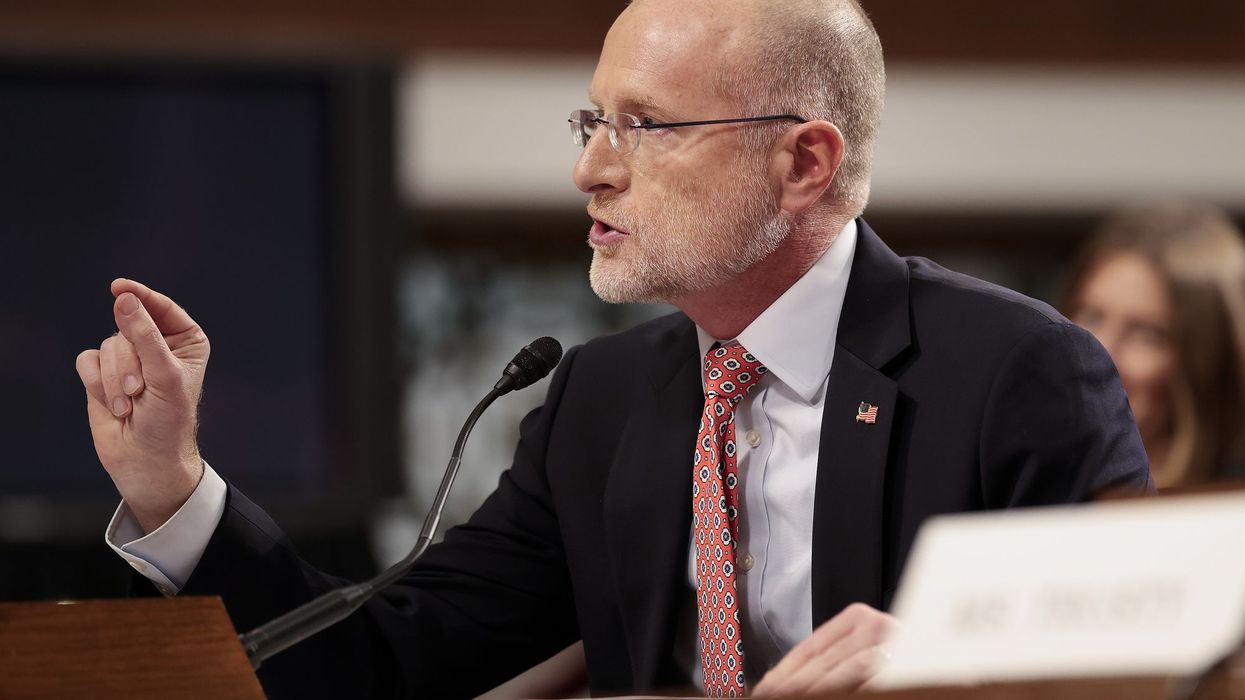Over 80 world-renowned economists from 20 countries have issued a declaration demanding that not a penny more is spent on fossil fuels production and projects, while encouraging a dramatic increase in investments in renewable energy, ahead of President Macron's international summit on climate finance.
On December 12, two years after the Paris Climate Agreement passed, President Macron of France is presiding over the One World summit, which will focus on the mobilization of climate finance. Unfortunately, despite the promises made two years ago, many governments, public and private financial institutions continue to invest in fossil fuels. These projects are bad for the planet, bad for people, and bad for the economy.
"It is time for European leaders, especially President Macron who, understands the threat posed to our planet by Donald Trump's climate change denial, to help smash our economies' reliance on fossil fuel subsidies and investment," said Yanis Varoufakis Greek economist, Academic and Politician. "Not one more penny or cent can go to coal, oil or gas subsidies."
This declaration comes as a response to the warning issued by more than 15,000 scientists around the world stating there needs to be urgent change to save our planet. Now, the economic community felt it was time to step-up and use its influence to respond to this call from the scientific community.
"It is time for the community of global economic actors to step up its efforts to save our planet and preserve our common future. Our declaration affirms that it is the urgent responsibility and moral obligation of public and private investors, as well as development institutions, to lead in putting an end to the use of fossil fuels and embrace safe and renewable energies," said Pierre-Richard Agenor, Professor of International Macroeconomics and Development Economics, University of Manchester.
Research shows that the carbon embedded in existing fossil fuel production will take us far beyond safe climate limits. Thus, not only is new exploration and new production incompatible with limiting global warming to well below 2oC (and as close to 1.5oC as possible), but many existing projects will need to be phased-out faster than their natural decline. Simply put: there is no more room for any new fossil fuel projects and therefore no case for ongoing investment.
"Along with policy changes such as the elimination of fossil fuel subsidies, a massive increase in financing for renewable energy solutions is needed if we are going to see a rapid decline in carbon emissions by 2025," added Neva Rockefeller Goodwin Co-Director, Global Development And Environment Institute, Tufts University.
Ongoing investments in fossil fuels aren't just bad for the environment, they are also bad for the economy. Earlier this year the IEA estimated that thanks to the implementation of more climate policies and the uptake of renewable energy, a total of US$1 trillion spent on oil assets and US$300bn in natural gas assets could be wasted.
These so called 'stranded assets' and other financial risks from climate change are one reason why many smart investors are already ditching their coal, oil and gas stocks. The fossil fuel divestment movement, which started on a few college campuses, now includes funds representing over US$5.57 trillion in assets.
Tim Jackson Professor, University of Surrey, UK stated: "If our leaders remain hesitant to put their full support behind green investments, despite it making economic sense, I would like to remind them that they have enormous public support. It's time to stop wasting public money on dirty fossil fuels and invest it instead in a sustainable future."
Divestment erodes public acceptance for fossil fuels, as well as reduces the financial resources behind the global climate crisis. In a recent coup for the divestment cause, last month the Norwegian Sovereign Wealth Fund, a fortune built on oil drilling, announced they are looking to ditch their oil and gas stocks.
However the transition is made, it must be mindful of the global economic impacts. Money in one part of the world is often linked to projects being built elsewhere. As such, it is important to ensure that the money that is no longer going to the dirty fossil fuel industry is also being used to support renewable energy solutions in the global south.
"We need to ensure that this divestment is a powerful act of solidarity and justice for the world's most vulnerable people, a defense of nature and our planet. Our future is in reinvestment that supports the communities most impacted by climate change and the dirty energy based economy. That's the best way to ensure a brighter future for both people and planet," added Dr. Simplice Asongu Lead Research Economist, African Governance and Development Institute.
The economic community is optimistic that 2018 will be about accelerating the transition away from fossil fuels to 100% renewable energy for all. This November, the International Energy Agency in its latest World Energy Outlook, estimated that renewables will capture two-thirds of global investment in power plants to 2040.
In the developing world, countries are finding that renewables are a faster, cheaper and more sustainable way to bring energy access to millions of people for the first time. The end of fossil fuels is happening; achieving 100% renewable energy for all is inevitable.
"The global transition from fossil fuels to renewables will be one of the greatest economic opportunities in human history, but it won't happen quickly enough to save our climate if we slow things down by continuing to invest in fossil fuels," concluded Prof. Robert Costanza,VC's Chair in Public Policy | Crawford School of Public Policy | The Australian National University.




